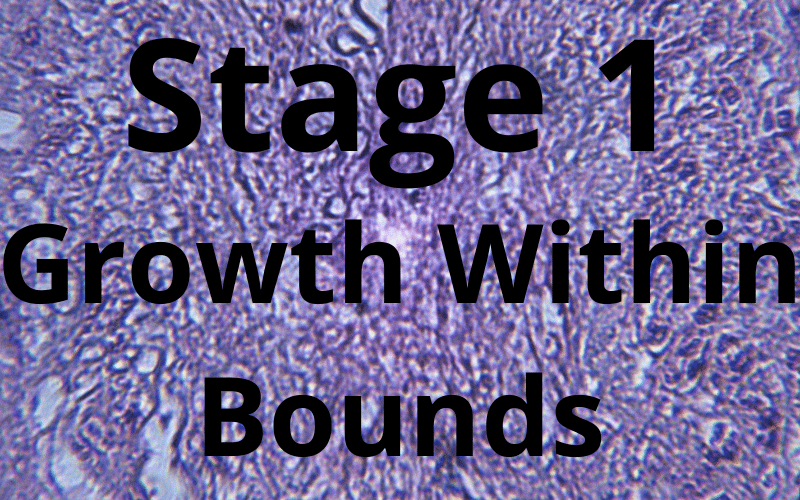Stage 1: Growth Within Bounds

At this stage, the carcinoma evolves from being a silent entity to one that starts expressing its presence. If Stage 0 was a whisper, Stage 1 is a series of murmurs. The cancer, still in its formative years, continues to grow, stretching its tendrils yet staying remarkably within the confines of the lung.
While everyday life might proceed as usual, subtle changes begin to mark their presence. A lingering cough, previously dismissed as an aftermath of a cold, might persist. There could be occasional discomfort in the chest, not quite painful, but just a shadow of an ache that wasn’t there before. Even though breathing remains largely unhindered, those who are more in tune with their bodies might detect a barely noticeable shift in their lung capacity or endurance.
It’s here that the disease further categorizes itself into two distinct sub-stages. Stage 1A, which sees the cancer as a more contained, non-aggressive form, and Stage 1B, where the tumor starts flexing its muscles a bit more, growing in size but still not making the leap out of the lung.
For those navigating the treatment waters, the medical community has a clear directive: excise the growth. Surgery stands tall as the most effective line of defense at this stage. The goal is to completely remove the tumor, ensuring that the cancerous cells haven’t left any remnants. While surgery is often the primary treatment route, depending on the tumor’s exact size and location, some patients might be introduced to chemotherapy, laying the groundwork for a more combative approach in case the cancer tries to resurface.(2)